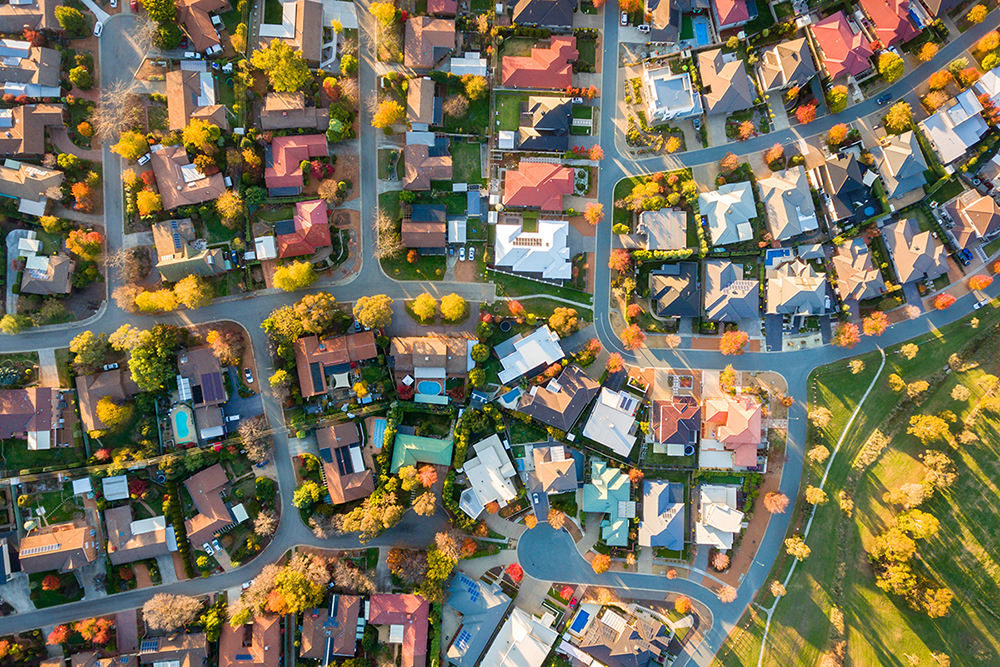CHIEF Minister Andrew Barr is full-steam-ahead on “Digital CBR”. Canberra is to be the city of the future and, through his leadership, a look-ahead, agile and flexible city. Well, maybe!

Andrew Barr’s own site on “digital_cbr” boasts: “Canberra is a city full of early adopters of new technology, innovators and entrepreneurs.
“As a government, we have built on Canberrans’ embrace of change by focusing on agility and innovation in response to digital disruption”.
The latest news around the city’s flexibility and look-ahead attitude is the legal adoption of ride-share services like Uber. One step forward.
At the same time as the government in Sydney suspended the licences of 40 UberX drivers, the ACT passed legislation providing legal operation from the end of this month. Prime Minister Malcolm Turnbull used the service as an example of agility needed in improving Australia’s economy while consumer group Choice identified Uber as being “just as safe as regular taxis”. Good call, Andrew Barr.
Free public WiFi, digital arts with vibrant digital spaces in the centre of Civic seem to be some of the goals for future Canberra. But Canberra might be playing catch up with some unlikely competitors. These were things that I experienced in Ulan Bator while visiting Mongolia at the start of last year. The claims go on about boosting productivity, building ICT capacity and facilitating collaboration. Let’s see.
In reality, by far the biggest boost to our ICT capacity was under Chief Minister Kate Carnell with the introduction of fibre optic networks from Transact at a time when Telsta would not service the ACT with high-speed options.
However, that was a decade and a half ago and there is now room for more and more innovation. Wireless networks in all our high schools and colleges is a great innovation by the current government. The next generation will be the leaders of this reformation that we are experiencing.
The religious Reformation came with the Counter-Reformation. In CBR, the counter-reformation seems to be happening within government. How would we feel about introducing paddle steamers as a way of getting across Lake Burley Griffin – even if they had Wi-Fi on board? At least an app could be developed to know when the paddle steamer was due! Twenty-first century innovation supporting 19th century technology.
Paddle steamers might sound fanciful, but look at the other side of Canberra; what is wheel-on-rail technology if it is not of the 19th century? The government’s introduction of light rail in Canberra is taking us backwards. Trams are from the paddle-steamer era.
A high-speed public transport link between our city centres – starting with Gungahlin – makes sense. What does not make sense in an innovative, agile and flexible city is a failure to examine and adopt very high-speed, computer controlled, magnetic levitation technology.
The Japanese are moving that way as the next step beyond the ultra-fast shinkansen bullet trains. In fact, a seven-car maglev (short for “magnetic levitation” train) in Japan recently reached a world record top speed of 603kph during what officials described as a “comfortable” zip along a test track near Mount Fuji. The maglev hovers 10cm above the tracks and is propelled by electrically charged magnets.
The same technology can be applied to small pods on an urban transport system. NASA Space Act company skyTran recently signed a deal with Israel Aerospace Industries (IAI) for a trial site of its magnetic levitation-powered, high-speed, low-cost, elevated personal rapid transit at IAI’s corporate campus. If it’s successful, the next installation will be in Tel Aviv.
In the meantime “innovative CBR” experiments with trams – hopefully they will have fairly fast, free Wi-Fi. Innovation awards? Hello, Tel Aviv and goodbye, Canberra.
It is true that Canberra is an early adopter of new technologies. There are some great and innovative initiatives of the government. Surely, it’s not too late to deal with the trams – the one great big white elephant in the CBR room.
Michael Moore was an independent member of the ACT Legislative Assembly (1989 to 2001) and was minister for health.
Who can be trusted?
In a world of spin and confusion, there’s never been a more important time to support independent journalism in Canberra.
If you trust our work online and want to enforce the power of independent voices, I invite you to make a small contribution.
Every dollar of support is invested back into our journalism to help keep citynews.com.au strong and free.
Thank you,
Ian Meikle, editor





Leave a Reply